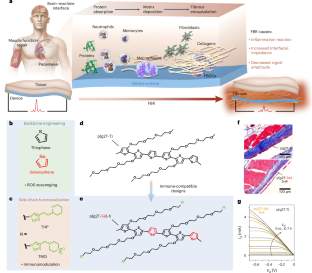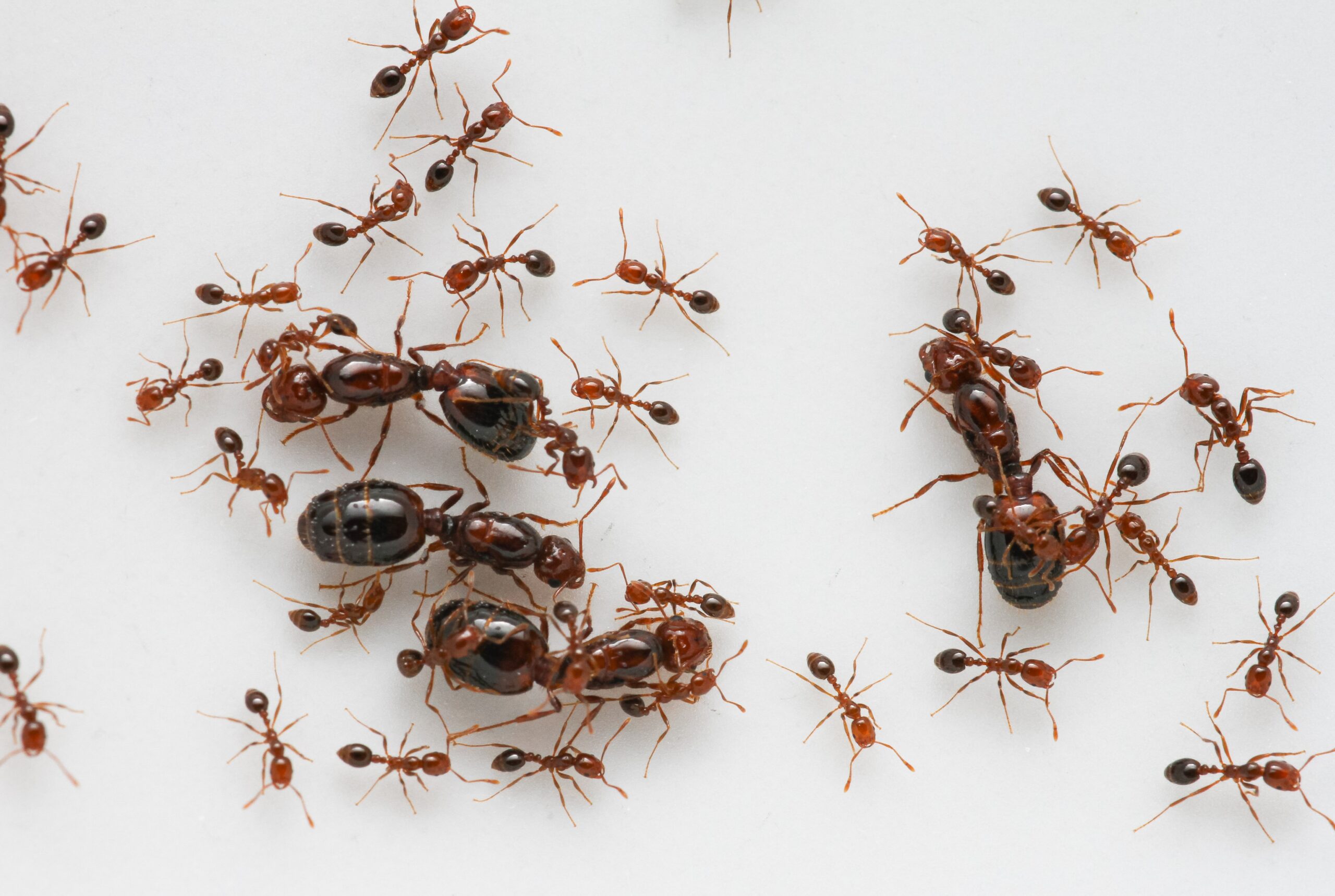2025-05-05 シカゴ大学(UChicago)
<関連情報>
- https://news.uchicago.edu/story/study-could-point-way-reducing-scar-tissue-around-implants
- https://www.nature.com/articles/s41563-025-02213-x
異物反応を抑制したバイオエレクトロニクス用半導体ポリマーの免疫適合性設計 Immune-compatible designs of semiconducting polymers for bioelectronics with suppressed foreign-body response
Nan Li,Seounghun Kang,Zhichang Liu,Shinya Wai,Zhe Cheng,Yahao Dai,Ani Solanki,Songsong Li,Yang Li,Joseph Strzalka,Michael J. V. White,Yun-Hi Kim,Bozhi Tian,Jeffrey A. Hubbell & Sihong Wang
Nature Materials Published:17 April 2025
DOI:https://doi.org/10.1038/s41563-025-02213-x

Abstract
One of the greatest obstacles to achieving implantable electronics with long-term functionality and minimized inflammatory reactions is the immune-mediated foreign-body response (FBR). Recently, semiconducting polymers with mixed electron–ion conductivity have been demonstrated as promising candidates to achieve direct electrical interfacing on bio-tissues. However, there is limited understanding of their immune compatibility in vivo, and strategies for minimizing the FBR through molecular design remain underexplored. Here we introduce a set of molecular design strategies for enhancing the immune compatibility of semiconducting polymers. Specifically, we show that selenophene, when incorporated in the backbone, can mitigate the FBR by suppressing macrophage activation. In addition, side-chain functionalization with immunomodulatory groups decreases the FBR further by downregulating the expression of inflammatory biomarkers. Together, our synthesized polymers achieve suppression of the FBR by as much as 68% (as indicated by the collagen density). In the meantime, these immune-compatible designs still provide a high charge-carrier mobility of around 1 cm2 V-1 s-1. We anticipate that such immune-compatible design principles can be translated to a variety of conjugated polymers to suppress the FBR for implantable applications.


